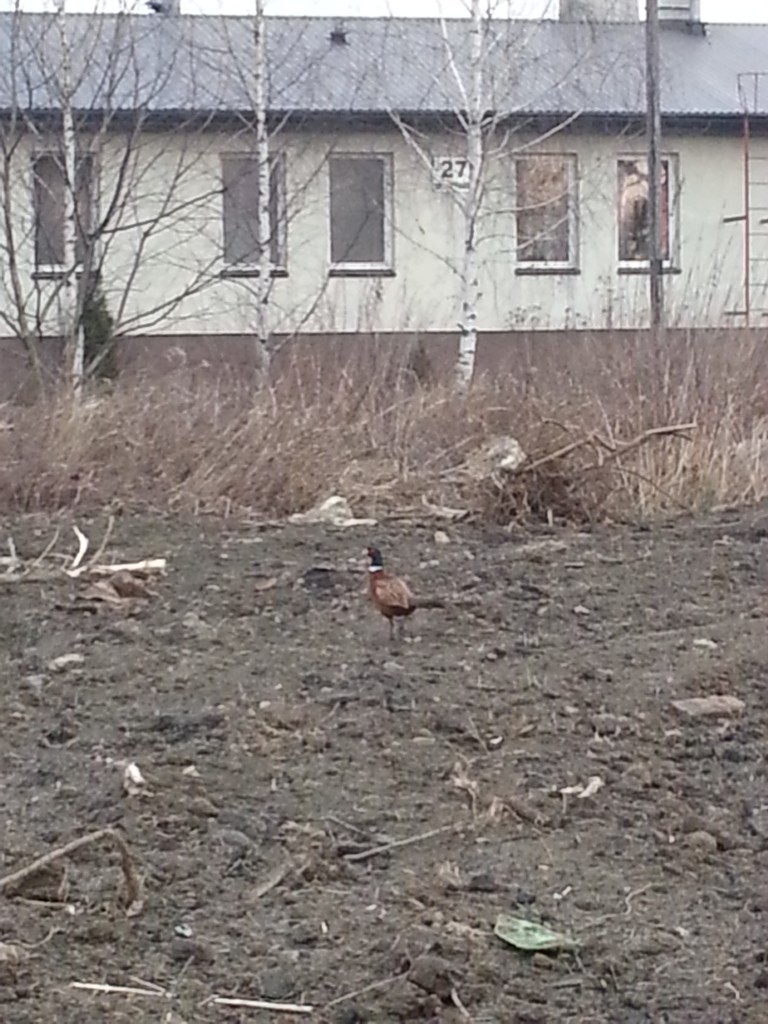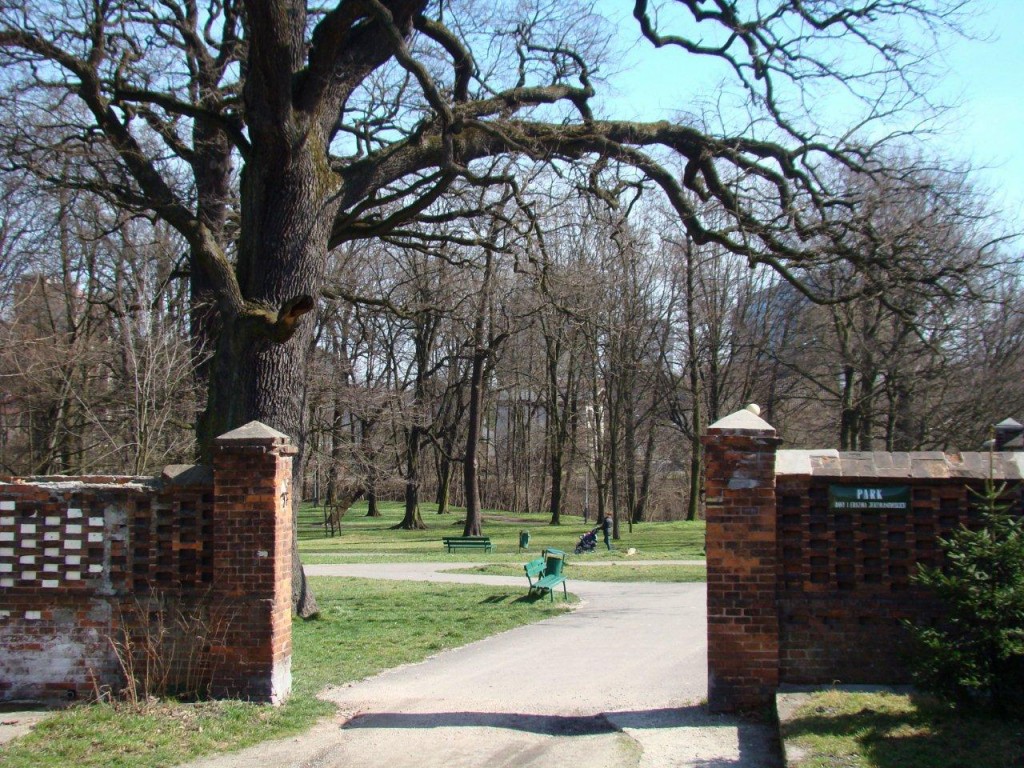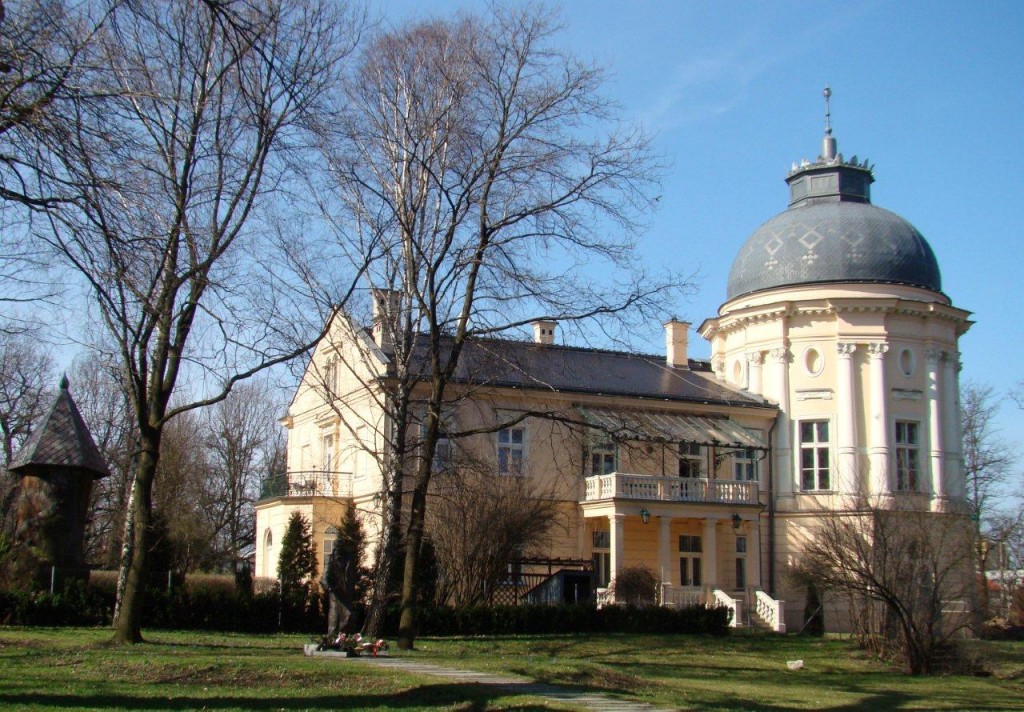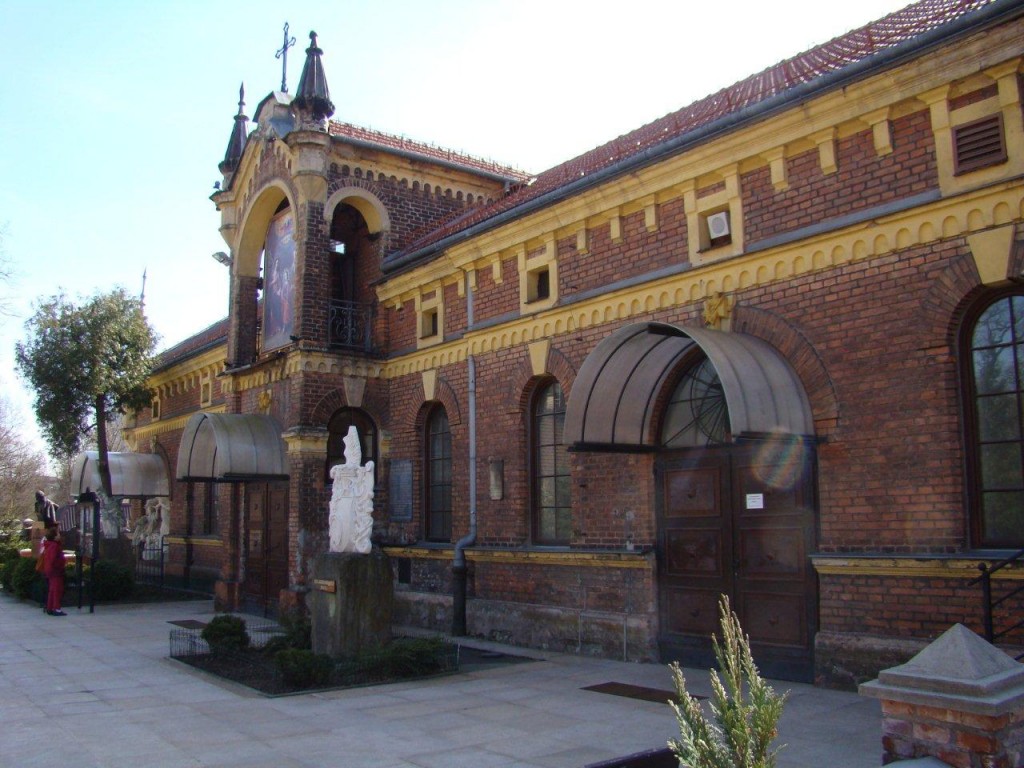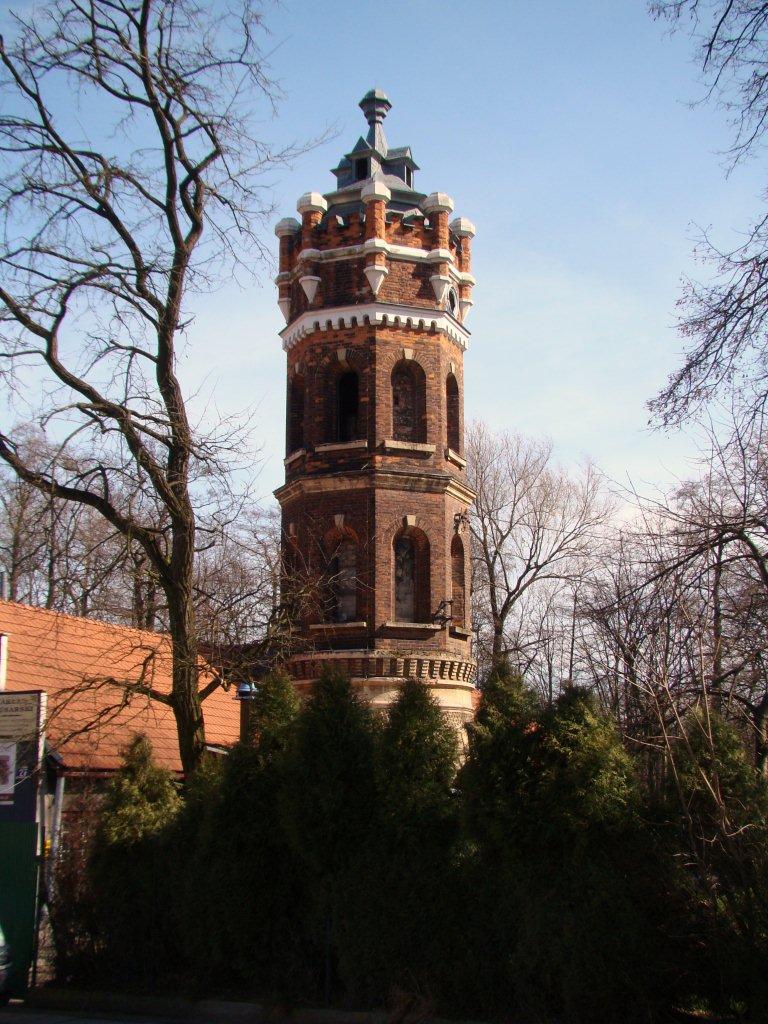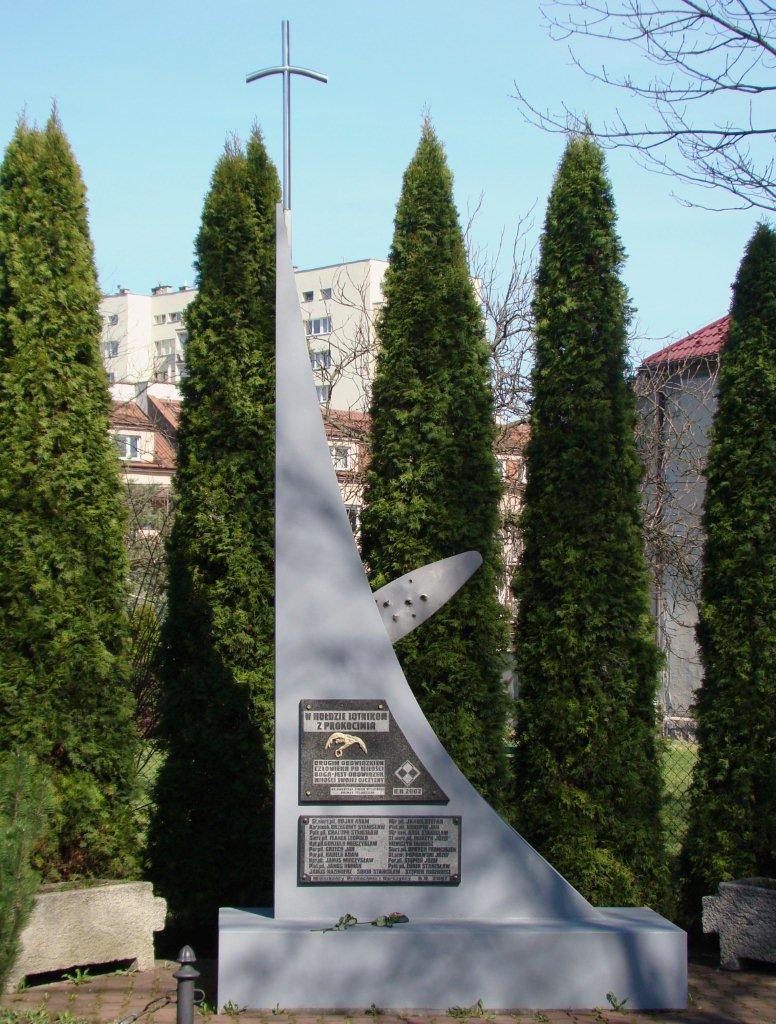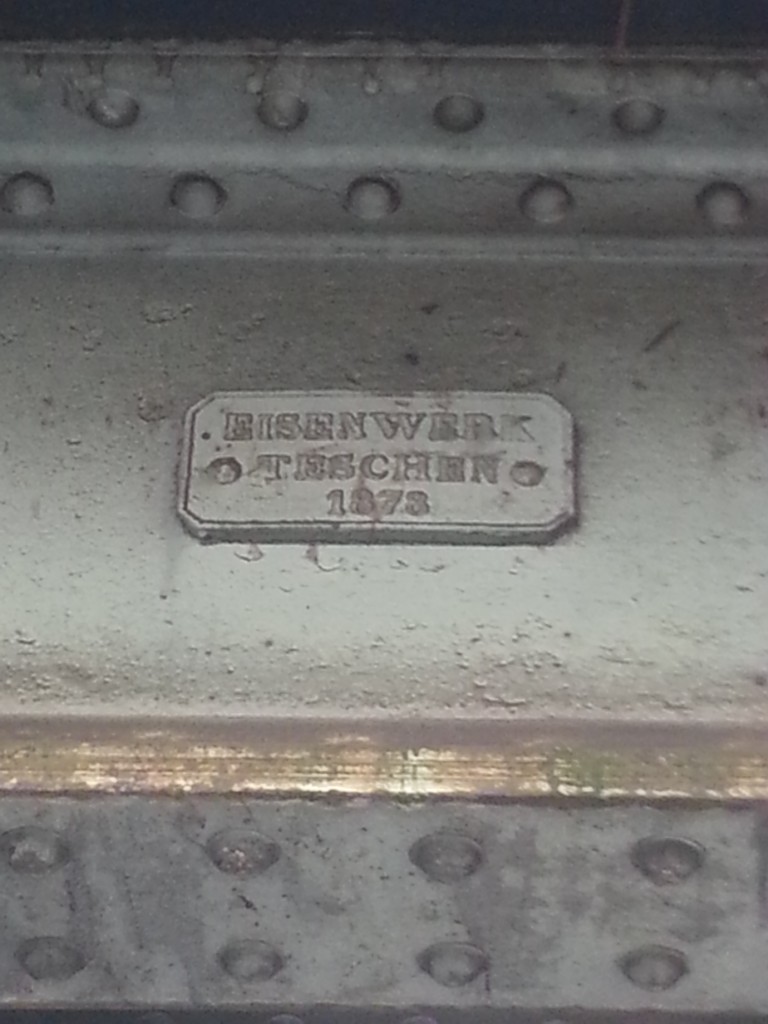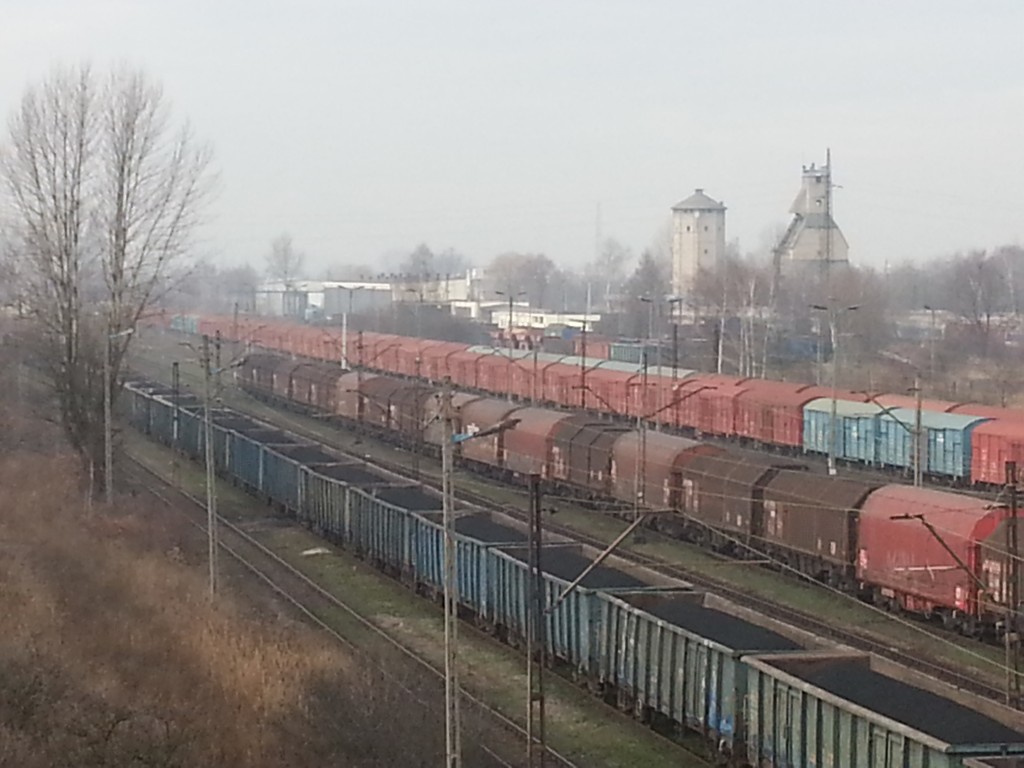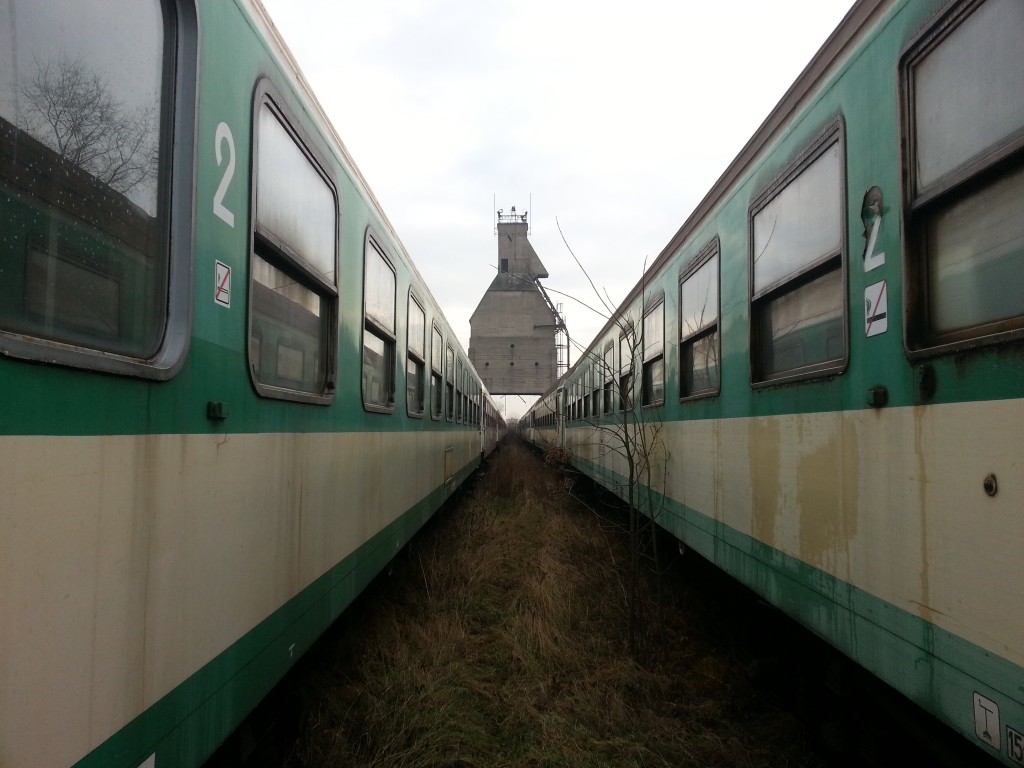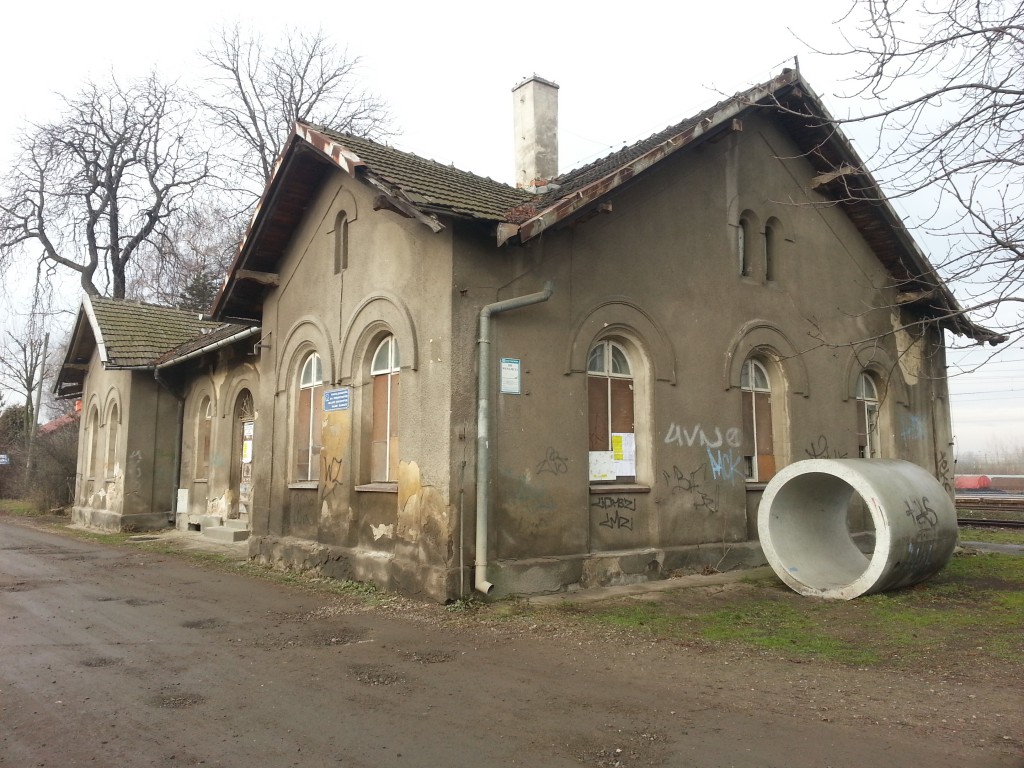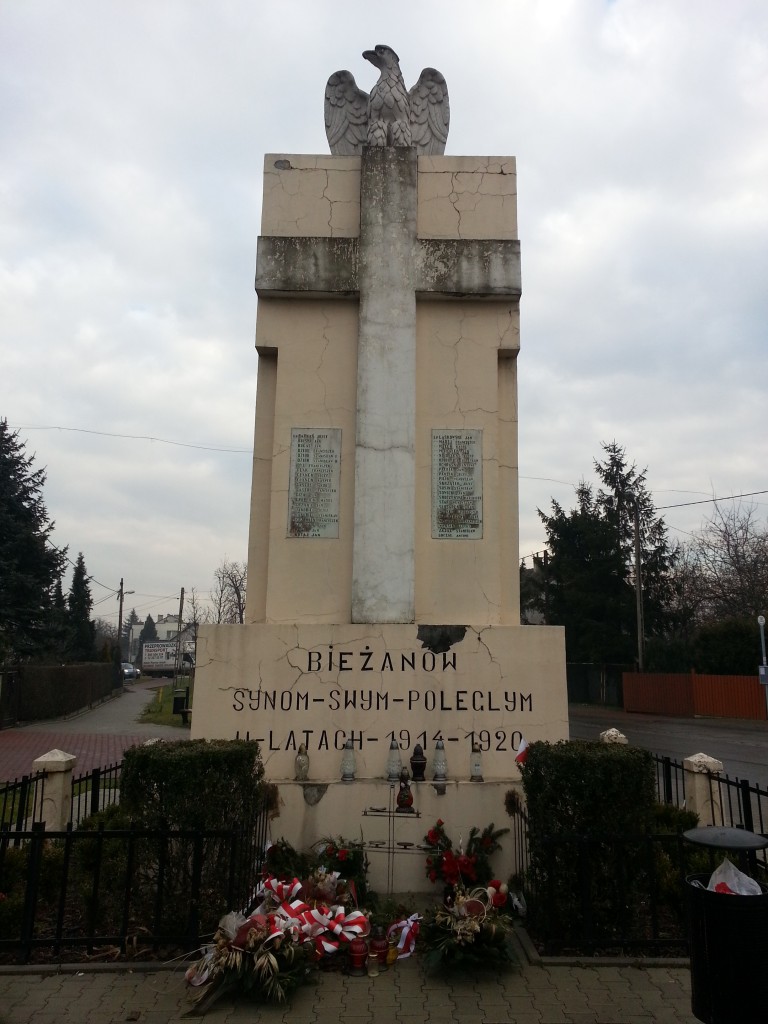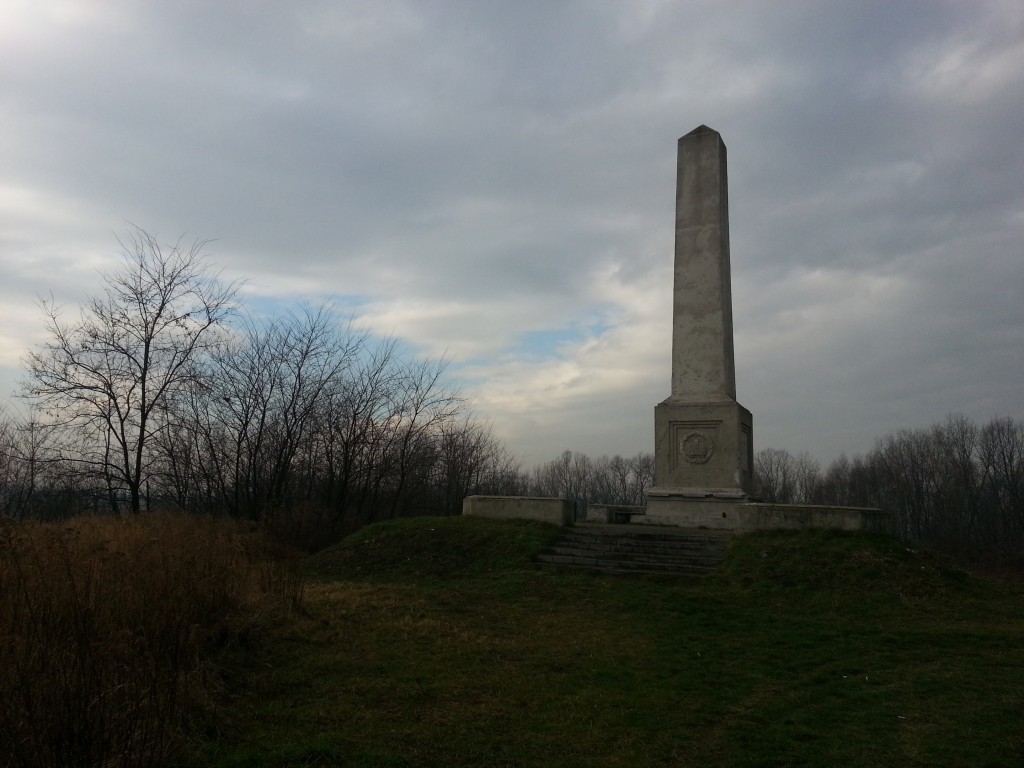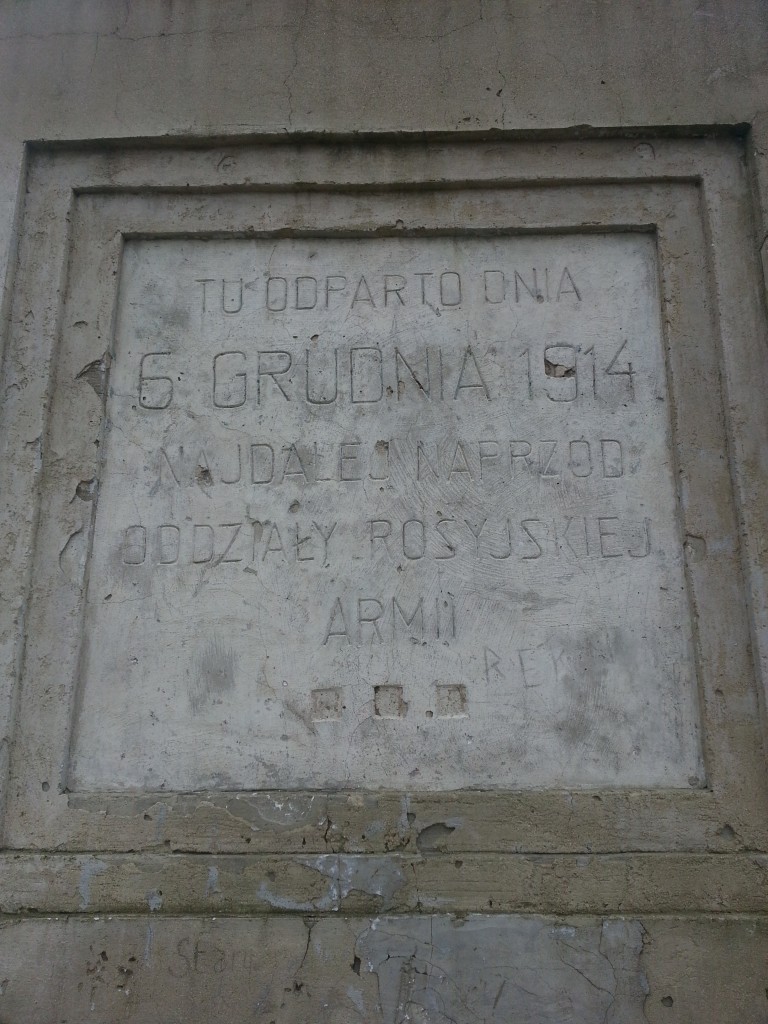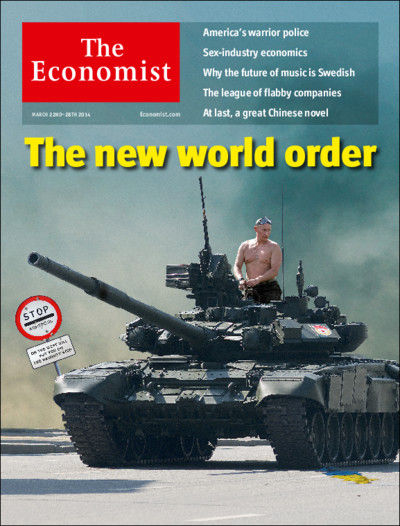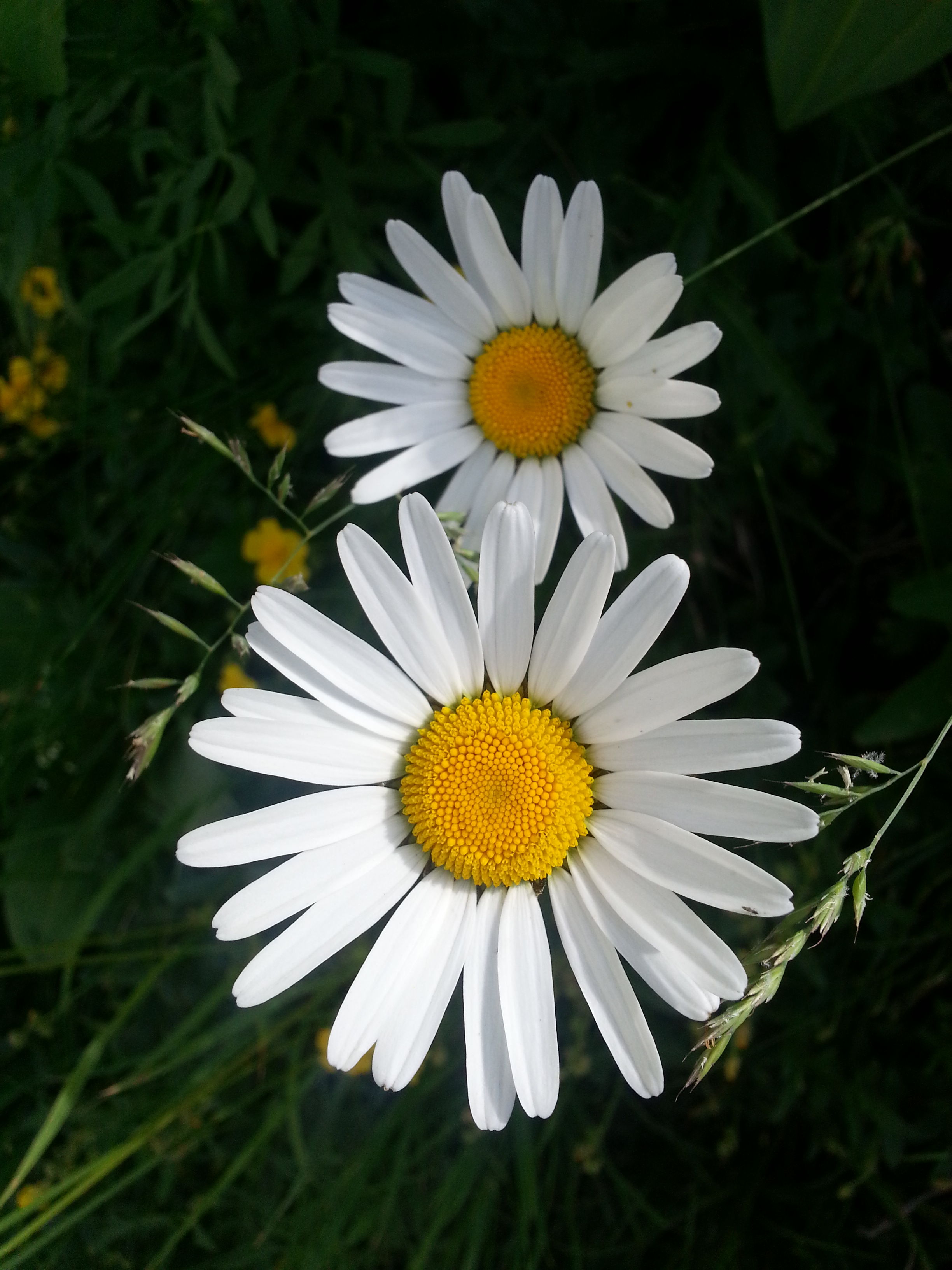
I was waiting long to describe the route that I was running during our Christmas stay in Poland, preparing for Cracow New Year’s Eve Run. It leads through the places that are not typical sports-recreational area or even area encouraging at first glance to explore. At second glance, however, begin to show their charm.
Alien stuff you praise,
Your own you do not recognize;
You do not know
What you have.
/Stanisław Jachowicz/
During those few days when I was training to 10th Cracow New Year’s Eve Run, I met on this route a dozen people running, a few cyclists and… one pheasant.
For the beginning of the route I chose Park and Palace of Erazm Jerzmanowski in Prokocim, southern district of Cracow.
The history of this area dates back to the XIII century, when probably the Bishop of Cracow founded the village Prokocim. For centuries, the property passed from hand to hand, until in 1895 it bought the Erazm Jerzmanowski. This outstanding inventor and entrepreneur earned a great deal of wealth in the United States, where he worked on the production and distribution of gas. He had several patents for devices used to produce and process gas, including a patent on a method that allows the use of gas for street lighting. Jerzmanowski overseas has been called “the man who lit up America”.
Erazm Jerzmanowski was one of the richest people of the XIX century, his fortune was compared with a fortune of John D. Rockefeller. His assets were for him a means to support the restoration of an independent Poland. In the United States he supported in particular educational, scientific and cultural activities of Polish community. In Switzerland provided financial assistance to the Polish Museum in Rapperswill, and passed for a museum of various objects and works of art. After returning home, he settled in Prokocim and took no active part in the social life of Krakow, but did not stop his charitable activities. He actively supported his friend Adam Chmielowski – Saint Brother Albert in helping the poorest.
Always go forward, even after bitter disappointment and raging waves of the sea, the divine care over us, before anything did not go back and be ready for anything, what God asks of us.
/St. Brother Albert/
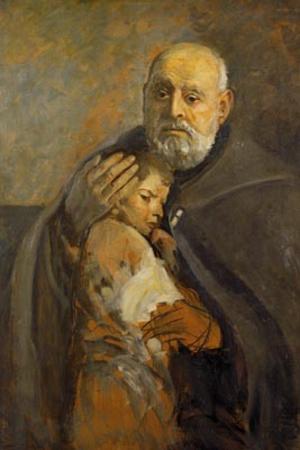
Leon Wyczółkowski „”Brother Albert hugging a baby”, oil on canvas, 1934. Albertine Brothers General House, Kraków
In his will he established the “Foundation of the Prizes of. Erazm and Anna spouses Jerzmanowski”, which was to manage by the Cracow Academy of Sciences. The Foundation was to pay an annual cash prize for outstanding achievement in the literary, scientific or humanitarian done for the benefit of native country. Therefore Jerzmanowski is often called the Polish Nobel. The winners of the awards were, among others, Prince Adam Stefan Cardinal Sapieha, Henryk Sienkiewicz and Jan Paderewski. The last two I mentioned already in my blog, because they were also associated with Switzerland. After the death of Erazm Jerzmanowski his wife Anna sold the estate to the Augustinians, who, after many twists of the history are again in the possession of the land and celebrate mass in the chapel in the park.
After leaving the palace grounds on the west side, I run right down Górników street. I pass historic water tower with a height of about 20 meters, which in its heyday delivered water to the palace and park fountains through water pipe.
Then via the street Na Wrzosach I bow my head before the monument of pilots from Prokocim fighting during World War II and run further down to the north.
I cross Snycerska street, then Biezanowska street and further through Morawiańskiego street under a railway bridge built in 1873 and after a while under the second bridge.
I turn right, following the road and under two railway viaducts I run out on the vast railway area with ban on traffic, which is good news for athletes training here. The road splits up. In the left leads to the footbridge over the railway tracks and to the Lake Bagry, which is a place of rest for local residents and the seat of water sports facilities.
I’m running right to the east. An asphalt road leads through meadows and railway tracks. Sometimes you have to run across the tracks, and though such places are few, it is better to look to the left and right! After about 3 kilometers from the start of the route I run alongside two strange structures on the left side of the road.
First, octagonal reinforced concrete construction is the water tower dating from World War II. Next there are the remains of a well from which water was pumped to the tower. Tower ensured a stable pressure in the water supply in case of a sudden increase in demand for water and for maintenance processes. Reservoir water was placed on top of the tower above the recipients as operated on the principle of communicating vessels. At the train station tower was used to power steam locomotives in the water.
The building standing a few dozen meters away fed locomotives in the coal. This tower was founded after World War II under the assistance of UNRRA for Poland (UNRRA – United Nations Relief and Rehabilitation Administration).
Having coal and water, the locomotive standing at a station with forty wagons attached to it could finally hit the road:
From where does it, how does it, why does it rush?
And what is it, who is it, gives it a push?
That makes it go faster, all thrashing and hissing?
It’s steam’s scalding power that keeps the train moving.
It’s steam, piped from boiler to a piston that glides
Back and forth pushing rods that turn wheels on both sides,
They’re striving and driving, the train keeps on bumping,
‘Cause steam keeps the pistons a-pumping and pumping,
/Julian Tuwin, The Locomotive, Translation Michael Dembinski/
The twenties, the thirties
Will come back with song, dress rustling
Blue shadow over a deck of cards
And laugh which confirm a joke
The twenties, the thirties,
Sometime will be a pretext for emotions
The smell of lilacs withered long time ago
Poetry hidden among ordinary words
When you look at it from the perspective
Which can given only the time
This slice of life was our own, was a real
Therefore, they will remember us…
/The twenties, the thirties, Ludmila Warzecha/
Nonsense and foolishness flourishes,
rudeness, meanness, deceit,
in this kingdom of vouchers
shoe determines consciousness.
Doubts gnawed by rust
head formerly opened.
Chewed conscience
overcrowded prison.
Pour another one?
But, my dear colleague,
unnecessary kickshaw –
and as soon as I drink!
Drown our faithful hearts in vodka,
before finally sudden blood will flood us:
generation of lost illusions,
generation of wasted opportunities.
/Jan Pietrzak, Generation/
It seems that history begins to repeat:
- A referendum on the accession of the Crimea to Russia with the support of the residents at the level of 95.5%. And how it was in 1938 with Austria? Anschluss, means the incarnation of Austria into the Third Reich was also “sealed” in a referendum in which 99% of Austrians “happily” have cast into the arms of Hitler.
- The seizure of the Sudetenland of Czechoslovakia by Germany was dictated by the “concern” of the German population residing in these areas. Do not resemble it coincidentally “the concern” about the Russian population in the Crimea?
- Sudetenland were also important from an economic point of view, as the Donbas, the seizure is likely to be the next step of Putin.
And then what? Russia has already expressed another “concern” about the Russian-speaking minority in Estonia. This country is a member of NATO, but it is nothing, a comrade Putin does not pay attention to the little things. After Ukraine and Estonia will be the turn for Lithuania, Latvia and … Poland.
The only thing necessary for the triumph of evil is for good men to do nothing.
/Edmund Burke/
And powerless European Union will look and frighten Russia with useless sanctions, not understanding that it repeats the mistake of France and the United Kingdom in September 1939. It was enough to help Poland fighting alone and a year later avoid the Wehrmacht parade on the Champs Elysees.
